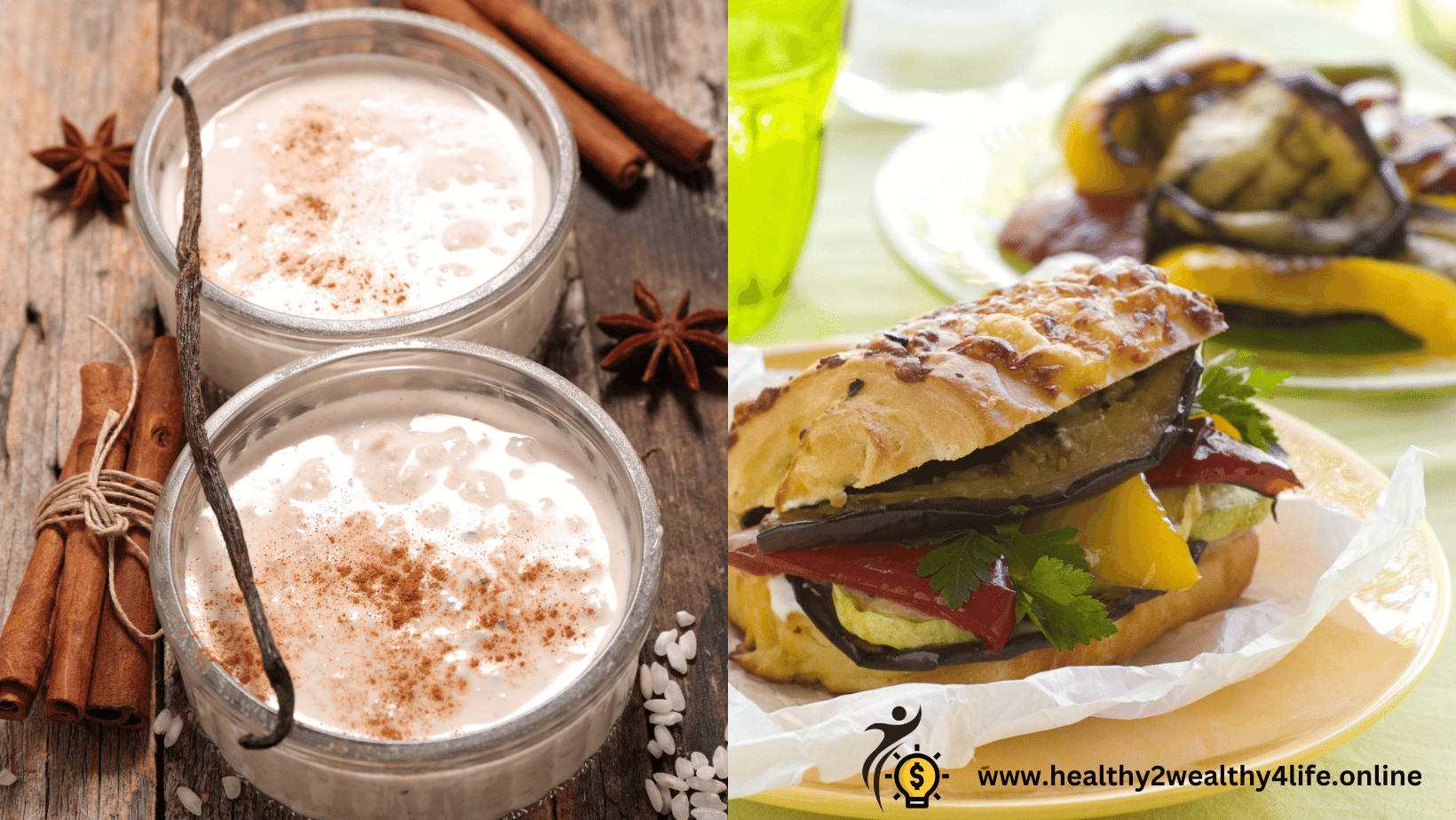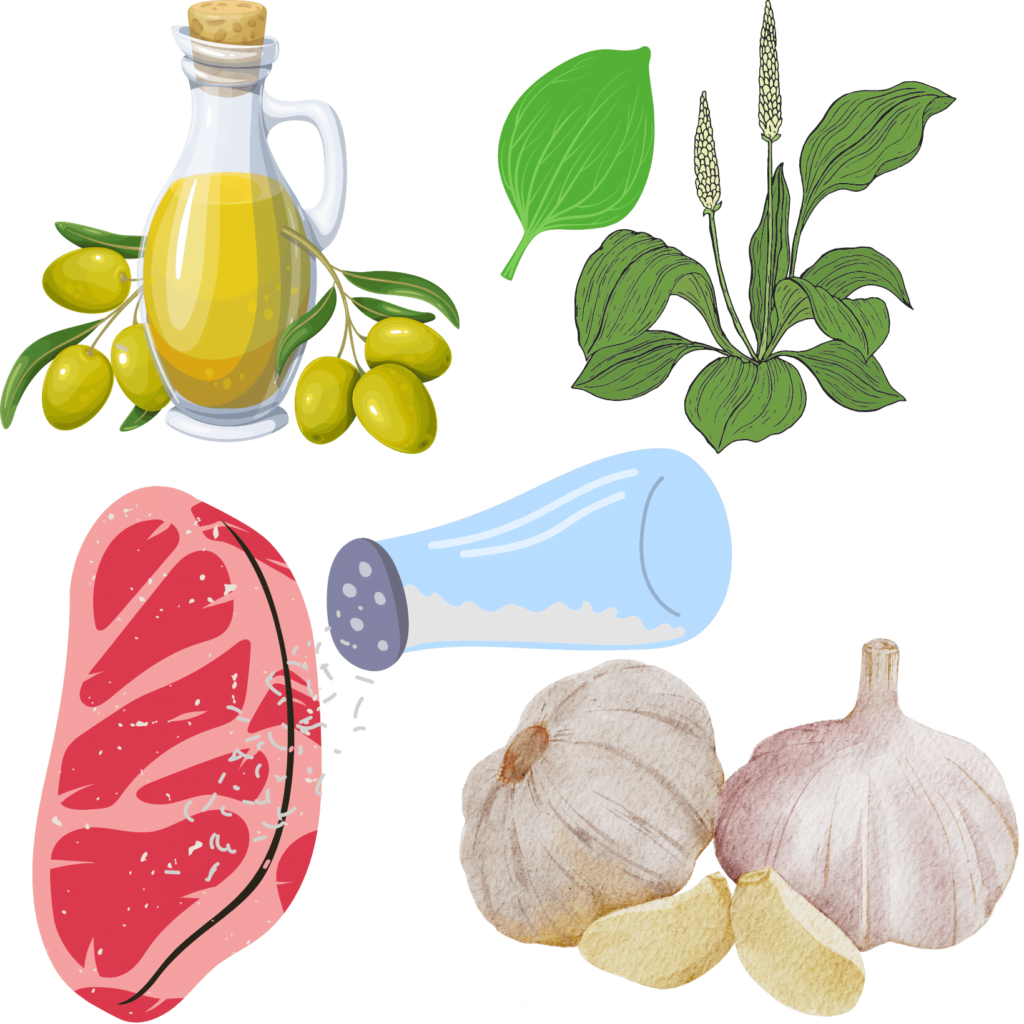The Rich Tapestry of Authentic Puerto Rican Recipes

Embracing Puerto Rican Culinary Traditions
Puerto Rican Recipes At the heart of Puerto Rican culture lies an exquisite culinary heritage that weaves together a tantalizing tapestry of flavors, history, and tradition.
From the vibrant streets of San Juan to the serene landscapes of the countryside, Puerto Rican cuisine mirrors the island’s diverse influences and rich history.
Allow us to take you on an extraordinary gastronomic journey through the authentic recipes that define Puerto Rican food.
Mofongo: A Masterpiece of Flavorful Bliss
Mofongo, a beloved Puerto Rican delicacy, encapsulates the essence of the island’s culinary prowess. This dish, prepared by mashing green plantains with garlic, olive oil, and a hint of salt, achieves a perfect harmony of flavors. The addition of crispy pork cracklings elevates its taste to an unparalleled level of savory delight.
Arroz con Gandules
Ingredients:
- Rice
- Pigeon peas (gandules)
- Sofrito sauce
- Sazon seasoning
- Ham or bacon (optional)
- Olives (optional)
Arroz con gandules, a staple at Puerto Rican gatherings, exemplifies the artistry of blending flavours. This savoury rice dish, infused with pigeon peas, sofrito sauce, and season seasoning, captures the essence of the island’s culinary heritage. The optional addition of ham or bacon, coupled with olives, intensifies its taste, making it a true crowd-pleaser.
Diagram: Traditional Puerto Rican Culinary Influences
graph LR
A[Spanish Influence] --> B[Mofongo]
A[Spanish Influence] --> C[Arroz con Gandules]
D[African Influence] --> B[Mofongo]
D[African Influence] --> C[Arroz con Gandules]
E[Taíno Influence] --> B[Mofongo]
E[Taíno Influence] --> C[Arroz con Gandules]
The Fusion of Cultural Influences
Puerto Rican cuisine is a delightful fusion of Spanish, African, and Taíno culinary legacies. The Spanish brought ingredients such as olive oil, garlic, and onions, which became fundamental to dishes like Mofongo and Arroz con Gandules. African influences contributed the use of plantains and yams, while the Taínos introduced staples like corn, beans, and root vegetables, forming the base of many traditional recipes.
Exploring Beyond Boundaries
Beyond these iconic dishes, Puerto Rican cuisine offers a spectrum of flavorful options, including delectable tostones, succulent lechón asado (roast pork), and refreshing coquito (a coconut-based drink). Each dish narrates a story, reflecting the island’s history, geographical diversity, and cultural amalgamation.
Conclusion
In conclusion, the vibrant and diverse tapestry of Puerto Rican cuisine is a testament to the island’s rich heritage and cultural fusion. By honoring traditional recipes and embracing diverse influences, we not only savor exceptional flavors but also pay homage to the history and traditions that make Puerto Rican food an unparalleled culinary experience.
FAQ’s
Q1.What is your favorite Puerto Rican recipe?
“Mofongo” Mofongo is a traditional dish made with fried green plantains (or sometimes yams), garlic, olive oil, and pork cracklings. It’s often served as a side dish or as a main course with various toppings or accompaniments
Q2.What’s a good recipe for Puerto Rican fried chicken?.
For a delicious Puerto Rican fried chicken, start by marinating chicken pieces in a blend of adobo seasoning, minced garlic, oregano, cumin, and achiote oil for at least 2 hours or overnight. In a separate bowl, combine flour, cornstarch, and additional adobo seasoning. Dredge the marinated chicken in the flour mixture, ensuring a well-coated exterior. Heat vegetable oil in a deep fryer or large skillet to 350°F (175°C). Fry the chicken until golden brown and cooked through, about 15-20 minutes, depending on the size of the pieces. Drain on paper towels and season with extra adobo if desired. This Puerto Rican fried chicken boasts a flavorful, crispy crust and juicy interior, making it a delightful and satisfying dish. Serve with traditional rice and beans or tostones for an authentic Puerto Rican meal.
Q3.What are recipes for Puerto Rican cake?
One beloved Puerto Rican cake is “Pastelón de Tres Leches,” a moist and decadent three-milk cake. For the sponge, combine 1 cup flour, 1 1/2 tsp baking powder, and a pinch of salt. Cream 1/2 cup softened butter with 1 cup sugar, add 5 eggs and 1 tsp vanilla extract, then fold in the dry ingredients and 1/3 cup whole milk. Bake in a 9×13-inch dish at 350°F for 25-30 minutes. Once cooled, poke holes and pour a mixture of 1 can sweetened condensed milk, 1 can evaporated milk, and 1 cup whole milk over the cake. Refrigerate for at least 2 hours. Top with whipped cream and a sprinkle of cinnamon or nutmeg before serving. This Tres Leches Cake captures the essence of Puerto Rican sweetness in every bite.
Q4.What is a good recipe for Puerto rican pernil?
Puerto Rican Pernil, or roast pork shoulder, is a flavorful and iconic dish. To make it, marinate a 5-7 lb pork shoulder with a mix of 8 minced garlic cloves, 1 tablespoon oregano, 1 tablespoon cumin, 1 tablespoon salt, 1 teaspoon black pepper, 1/2 cup orange juice, 1/4 cup white vinegar, and 1/4 cup olive oil. Pierce the meat and rub the marinade thoroughly. Let it marinate in the refrigerator overnight. Preheat the oven to 325°F (163°C). Place the pork in a roasting pan, cover with foil, and roast for about 4-5 hours until tender, removing the foil in the last hour for a crispy skin. Baste with pan juices occasionally. The result is succulent and aromatic Pernil, a staple in Puerto Rican cuisine, perfect for festive occasions. Serve with rice, beans, and enjoy the rich, seasoned goodness.
Q5.What are the recipes of the main Puerto Rican dishes?
Puerto Rican cuisine is rich in flavor and reflects a mix of indigenous, African, Spanish, and Caribbean influences. Here are recipes for some main Puerto Rican dishes:
- Mofongo: Mash green plantains with garlic, olive oil, and pork cracklings. Shape into mounds and serve with a broth-based soup or as a side dish.
- Arroz con Gandules: A staple dish featuring rice with pigeon peas, cooked with sofrito (a blend of peppers, onions, garlic, and herbs), pork, and sometimes olives.
- Pernil: Marinate a pork shoulder with garlic, oregano, cumin, orange juice, vinegar, and olive oil. Roast until tender with crispy skin.
- Pastelón: A Puerto Rican lasagna made with layers of sweet plantains, ground beef picadillo seasoned with sofrito, and cheese.
- Asopao: A hearty rice soup cooked with chicken, seafood, or other meats, flavored with sofrito and seasoned with saffron.
- Tostones: Green plantains sliced and twice-fried until crispy. Serve with a side of garlic dipping sauce.
- Bacalaitos: Salted codfish fritters made with a batter of flour, water, and spices, then deep-fried until golden brown.
Q6.What are some examples of Puerto Rican inspired recipes that include pinto beans?
Puerto Rican cuisine often features hearty and flavorful dishes that incorporate pinto beans. One classic example is “Arroz con Gandules,” a traditional rice and pigeon peas dish. To make this Puerto Rican staple, sauté sofrito (a blend of peppers, onions, garlic, and herbs) in olive oil, then add pinto beans, rice, and pigeon peas. Season with adobo, cumin, and bay leaves. Pour in chicken broth, cover, and simmer until the rice is cooked and the flavors meld together. Another popular dish is “Pinto Bean Stew” (“Asopao de Habichuelas”). This stew combines pinto beans with a savory broth, vegetables, rice, and your choice of protein like chicken or pork. Both recipes showcase the versatility of pinto beans in Puerto Rican-inspired cuisine, contributing to the rich and satisfying flavors of these traditional dishes.





